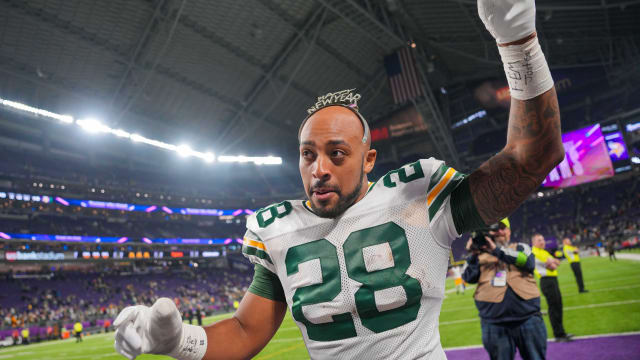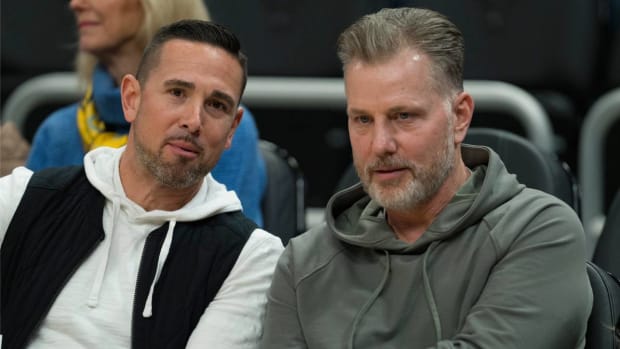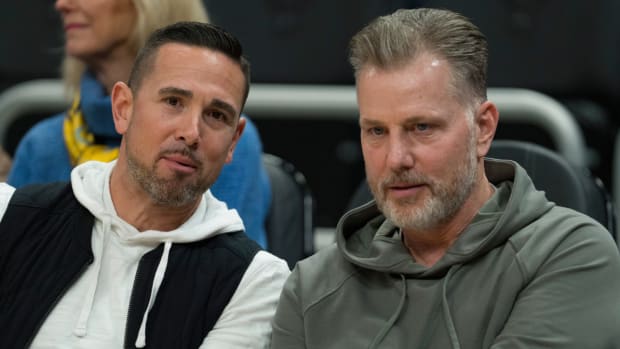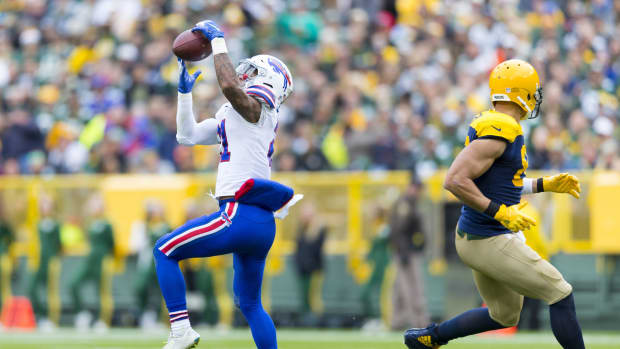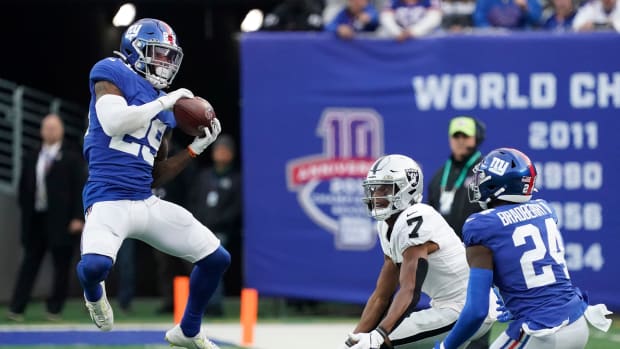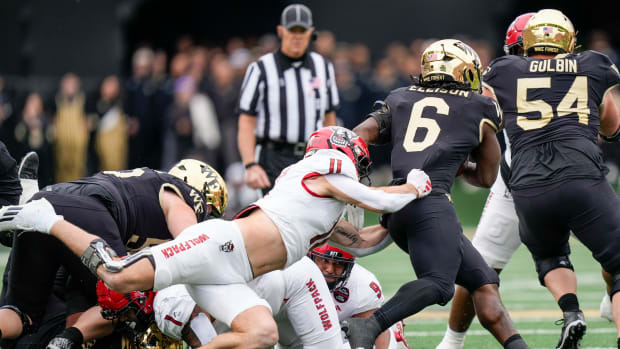
Packers Burned By Their Own Russell Wilson-Esque Trade
GREEN BAY, Wis. – On March 16, 2022, the Denver Broncos acquired Super Bowl-winning quarterback Russell Wilson from the Seattle Seahawks. Less than two years later, the Broncos released Wilson on Monday.
For a team that had wandered through the quarterbacking abyss with the likes of Trevor Siemian, Case Keenum, Joe Flacco, Drew Lock and Teddy Bridgewater after Peyton Manning won the Super Bowl in 2015, Wilson was supposed to be the missing piece to an otherwise-quality roster.
Instead, the Broncos are missing a lot of pieces.
Looking on from heaven, Bart Starr understands.
The price to acquire Wilson was exorbitant, with Denver sending first- second- and fifth-round picks in 2022, first- and second-round picks in 2023 along with quarterback Drew Lock, tight end Noah Fant and defensive lineman Shelby Harris.
As if that’s not enough, Denver gave Wilson a five-year contract worth $254 million.
Denver went 5-12 in 2022 and 8-9 last season. Not only didn’t the Broncos win games, they paid Wilson $124 million and their salary cap will be plagued by a dead-money charge of $85 million. That’s more than the combined dead-cap charges of Matt Ryan ($40.5 million) and Aaron Rodgers ($40.3 million), the previous worst contractual hangovers.
In 1974, the Glory Years were receding into history. It was Year 4 under coach Dan Devine. He led the Packers to the playoffs with a 10-4 record in 1972, but they finished just 5-7-2 in 1973. In 1974, they started 3-2 before losing 10-9 at the Chicago Bears on Monday Night Football. Jerry Tagge was 14-of-32 for 140 yards and two interceptions.
Devine was desperate to find a quarterback who could pair with the top-flight backfield tandem of John Brockington and MacArthur Lane and a sturdy defense that wound up ranked fifth in points allowed. So, Devine – without input from the Executive Committee – traded for Rams quarterback John Hadl after a deal with the Saints for Archie Manning fell through.
The trade package was on par with the Wilson deal: first-, second-, and third-round picks in 1975 and first- and second-round picks in 1976.
Hadl was just coming off an All-Pro season. He also was coming off being benched following a 17-6 loss to, of all teams, Devine’s Packers, in which he completed 6-of-16 passes for 59 yards and two interceptions, good for a passer rating of 9.1.
“I didn't really believe it,” Hadl, who died in 2022, said via Packers.com. “I didn't think anybody would be that desperate.”
Said the Hall of Famer Ron Wolf, who was general manager of the Raiders at the time, to The Racine Journal-Times: “It was one of those things where you couldn't believe anybody would do that.”
Hadl won his first three starts against the Bears, Vikings and Chargers to put the Packers in playoff position with a 6-5 record. However, they lost their final three games – scoring 23 points in the process.
Devine quit after the season to become the coach at Notre Dame. The Packers hired Starr, who was stuck with Hadl and hamstrung without those first- and second-round draft picks. In 1975, Hadl started 13 games and threw six touchdown passes vs. 21 interceptions as the Packers finished 4-10.
Starr the quarterback was a legend. Starr the coach was not. The horrendous trade for Hadl left a black hole of talent as the Packers went 4-10 in 1975, 5-9 in 1976 and 4-10 in 1977 before improving to 8-7-1 in 1978.
“It was the worst trade in Packers history, without a doubt, and one of the worst in pro football history,” recalled the late Lee Remmel, who was in his first year as the team’s public relations director. “That trade deprived us of two No. 1 picks, two No. 2s and a No. 3. It was pretty hard for his successor, Bart Starr, to rebuild the football team without those premium draft choices.”

